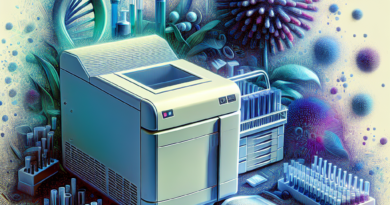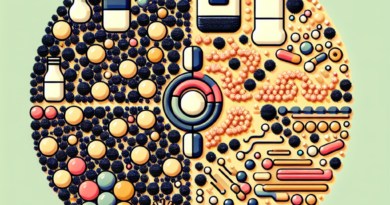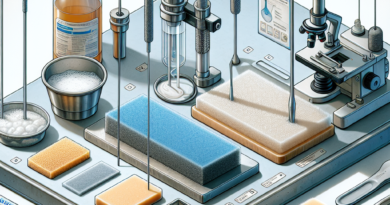The Impact of Consumer Handling Practices on Pathogen Growth in Raw Cow’s Milk
Understanding the Risks and Safeguards in Raw Cow’s Milk Consumption
Background: The Rising Popularity of Raw Cow’s Milk
Despite the well-documented risks of foodborne diseases, the consumption of raw cow’s milk (RCM) has been gaining traction in developed countries. While pasteurization is the norm to eliminate harmful pathogens, a segment of consumers is drawn to RCM for its perceived nutritional benefits, superior taste, and potential health advantages. However, this preference comes with a caveat: the risk of contamination by dangerous bacteria such as Escherichia coli O157:H7 and Listeria monocytogenes, both of which are notorious for causing severe illness, especially in vulnerable populations.
To mitigate these risks, the food industry employs rigorous safety systems like the Hazard Analysis Critical Control Point (HACCP). Yet, the final line of defense against foodborne illness lies within the realm of consumer behavior – specifically, how RCM is handled post-purchase. Recommendations for the proper handling of RCM are often limited to general advice, such as keeping the milk chilled or boiling it before consumption. This study delves into the specifics of consumer handling practices, focusing on transport, storage, and freeze-thaw cycles, to assess their impact on the microbiological safety of RCM.
Results: How Consumer Practices Affect Pathogen Concentrations in RCM
Transport Simulation
The study revealed that the type of storage used during the simulated transport of RCM significantly affected the concentration of pathogens. Notably, an insulated box with an ice brick was effective in inhibiting the growth of E. coli O157:H7 and maintaining the baseline concentration of L. monocytogenes after 30 minutes.
Storage Simulations
- Refrigerated Storage Simulation: Refrigeration temperature was a critical factor, with both pathogens proliferating more rapidly at 8 °C and 15 °C compared to the recommended 4 °C. However, even at 4 °C, L. monocytogenes showed growth over five days.
- Ambient Temperature Storage Simulation: At ambient temperatures, the interaction between pathogen species and inoculum level was significant, with pathogen concentrations initially increasing before declining to near baseline levels. This suggests that the initial level of contamination could influence pathogen survival in RCM stored at room temperature.
Freeze/Thaw Simulation
Freezing RCM for 365 days resulted in the elimination of E. coli O157:H7, while L. monocytogenes was still recoverable. This indicates that freezing RCM could reduce the risk of certain pathogens, although the effectiveness varies by species.
Impact and Future Prospects
The findings underscore the importance of consumer education on food safety practices. The use of an insulated container with an ice brick during transport and proper refrigeration are simple yet effective measures that can significantly reduce the risk of pathogen growth in RCM. These results provide a scientific basis for public health recommendations and highlight the need for further research into consumer handling practices. Future studies might explore the cumulative effects of time and temperature abuse throughout the consumer phase and the variations among different pathogen strains.
While this study offers valuable insights, it also acknowledges certain limitations, such as the use of a small sample volume that may not accurately represent typical consumer usage. Addressing these limitations in future research will enhance our understanding of RCM safety and inform more effective public health strategies.
Reference
Leclair, R. M., McLean, S. K., Dunn, L. A., Meyer, D., & Palombo, E. A. (2019). Investigating the Effects of Time and Temperature on the Growth of Escherichia coli O157:H7 and Listeria monocytogenes in Raw Cow’s Milk Based on Simulated Consumer Food Handling Practices. International Journal of Environmental Research and Public Health, 16(15), 2691. http://dx.doi.org/10.3390/ijerph16152691




